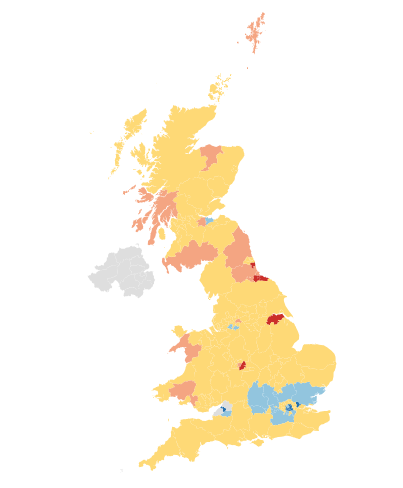Greenpeace survey in Arctic deep sea mining area finds deep-diving whales and dolphins
Greenpeace survey in Arctic deep sea mining area finds deep-diving whales and dolphins v
Norwegian Sea, 12 August 2024 – Greenpeace and a team of whale researchers have travelled to the area that Norway has recently opened for deep sea mining to conduct research on marine mammals that may be affected by the controversial new industry. They discovered high levels of biodiversity close to a seamount in the proposed mining area, including deep-diving and vulnerable whales, and secured both hydro-acoustic and visual data.
After just a day’s survey, the scientists identified what seemed to be four different groups of sperm whales in one of the proposed licence areas, near Jan Mayen. Since then they have seen two more sperm whales, orcas, a fin whale, multiple groups of dolphins, and several minke whales. They have seen a number of sperm whales within the mining area, particularly around the Mohns ridge. Close to the Louise Boyd seamount, they observed white-beaked dolphins, a minke and a sperm whale.
Sperm whales are the largest of all toothed whales, and among the whales that dive the deepest, down to a depth of at least 2,000 metres, where they hunt squid and other species of deep-sea fish. They possess the largest brain in the animal kingdom and their IUCN conservation status is “vulnerable”. The fin whale is the second largest animal on the planet, and one of the fastest swimmers among the cetaceans. Their IUCN conservation status is also “vulnerable”. Orcas (also known as killer whales) are also toothed whales but are also the largest member of the dolphin family.
“These are striking results. We’ve surveyed near to a steep shelf on the ocean floor, and were expecting acoustic detections, but not on this scale. We’ve been hearing sperm whales on the hydrophone all day. At least one of the groups were in the middle of foraging, and it is clear that this area is of great importance to the sperm whales in this part of the North Atlantic”, says Kirsten Young, lead scientist of the expedition.
Greenpeace has sailed through an area where manganese crusts have been discovered, which some mining companies now are interested in extracting on the Norwegian continental shelf.
“These are unique, untouched nature areas, which are home to rich wildlife and new-to-science species. Norway is plunging into a new industry, without a clear understanding of the potential impacts of deep sea mining, both in the deep sea and further up in the water column. The Norwegian push for deep sea mining is anti-science, irresponsible and the opposite of what we need in the midst of an ongoing crisis for both the ocean and the climate”, says Haldis Tjeldflaat Helle, Greenpeace campaigner aboard Witness in the Norwegian Sea.
The Norwegian government sent out a referral proposal for the first round of permits for the extraction of seabed minerals on 26 June 2024 for public consultation. The proposal covers 386 blocks and the combined area of all blocks corresponds to an area that is twice the size of Denmark. The consultation period is 90 days, with a deadline on 26 September 2024.
The days before departure activists from Greenpeace Germany did projected a message for Norway to “Stop Deep Sea Mining” on a huge cliff in the Lysefjord near the iconic Norwegian landmark Pulpit Rock (Preikestolen).
The Greenpeace expedition will cover the mining area from Jan Mayen Island in the south, through international waters all the way up to Svalbard where they will arrive in mid August after almost 20 days at sea.











